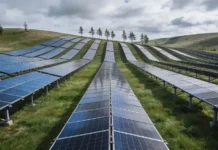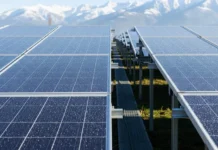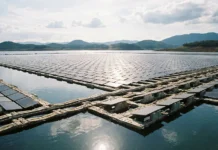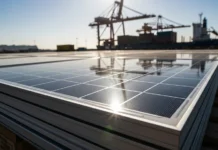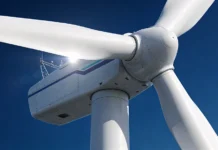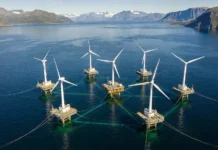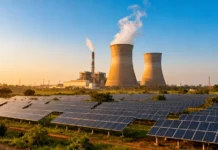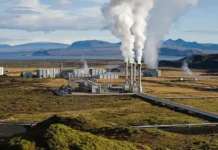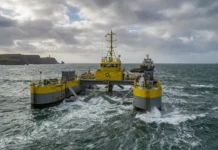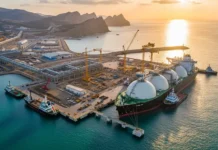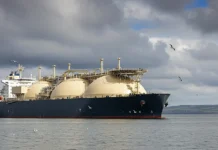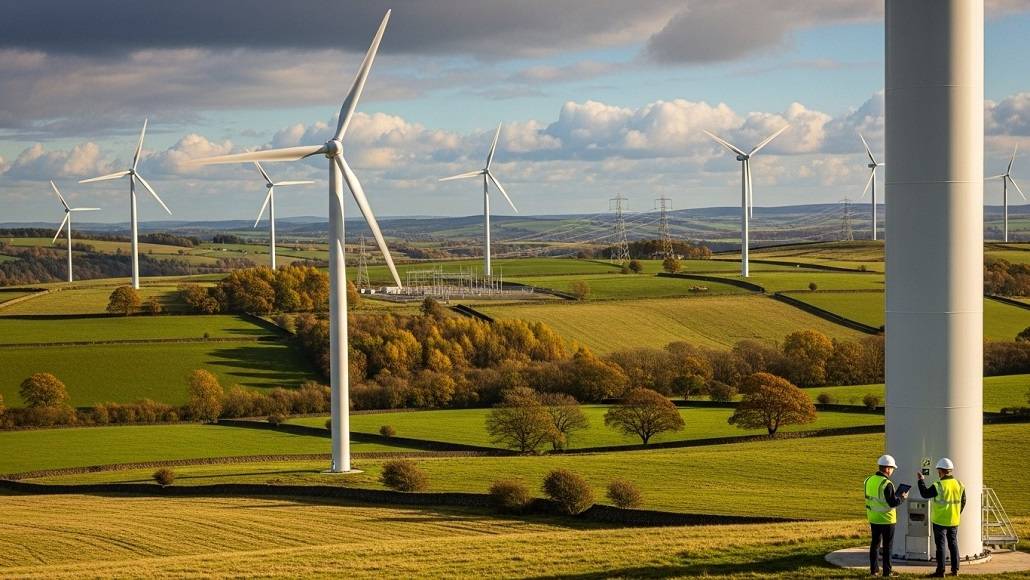The UK government is starting its first onshore wind plan, which aims to produce up to 29 gigawatts (GW) of onshore wind power by the end of the decade.
The UK has laid out more than 40 actions that the government and industry will do to assist reach the target in the new Onshore Wind Power Taskforce Strategy. That means pushing for big changes to planning, grid connections, and routes to market, as well as establishing the supply networks and skilled workers the UK requires.
Last year, the UK lifted the unofficial restriction on onshore wind in England that had been in place since 2015. This was done to increase onshore wind capacity since the government wants 95% of its power to come from low-carbon sources by 2030.
The UK’s Clean Power Action Plan aims to almost double the amount of onshore wind power, bringing it to 29 GW by 2030. The government claimed that to provide British customers some of the cheapest indigenous electricity that can be produced, new onshore wind farms would need to be built quickly and old ones will need to be repowered.
The government is already working with NESO to cut down on the number of projects waiting to connect to the grid so that the best onshore wind ventures may go forward faster.
“Rapid deployment of onshore wind is our first line of defence against future gas price spikes – every megawatt added displaces imported gas in the power system,” said Chris Stark, Head of Clean Power 2030 at the UK’s Department of Energy Security and Net Zero.
For the first time ever, wind power became the UK’s biggest source of energy production for a whole year in 2024, beating out natural gas.
The National Energy System Operator (NESO) said that for the first time, renewables made up more than 50% of Britain’s power for four straight quarters, with an average of 51% in 2024.
Last year, natural gas made up an average of 26.3% of the UK’s power output, nuclear made up 14%, and solar made up 5%.


